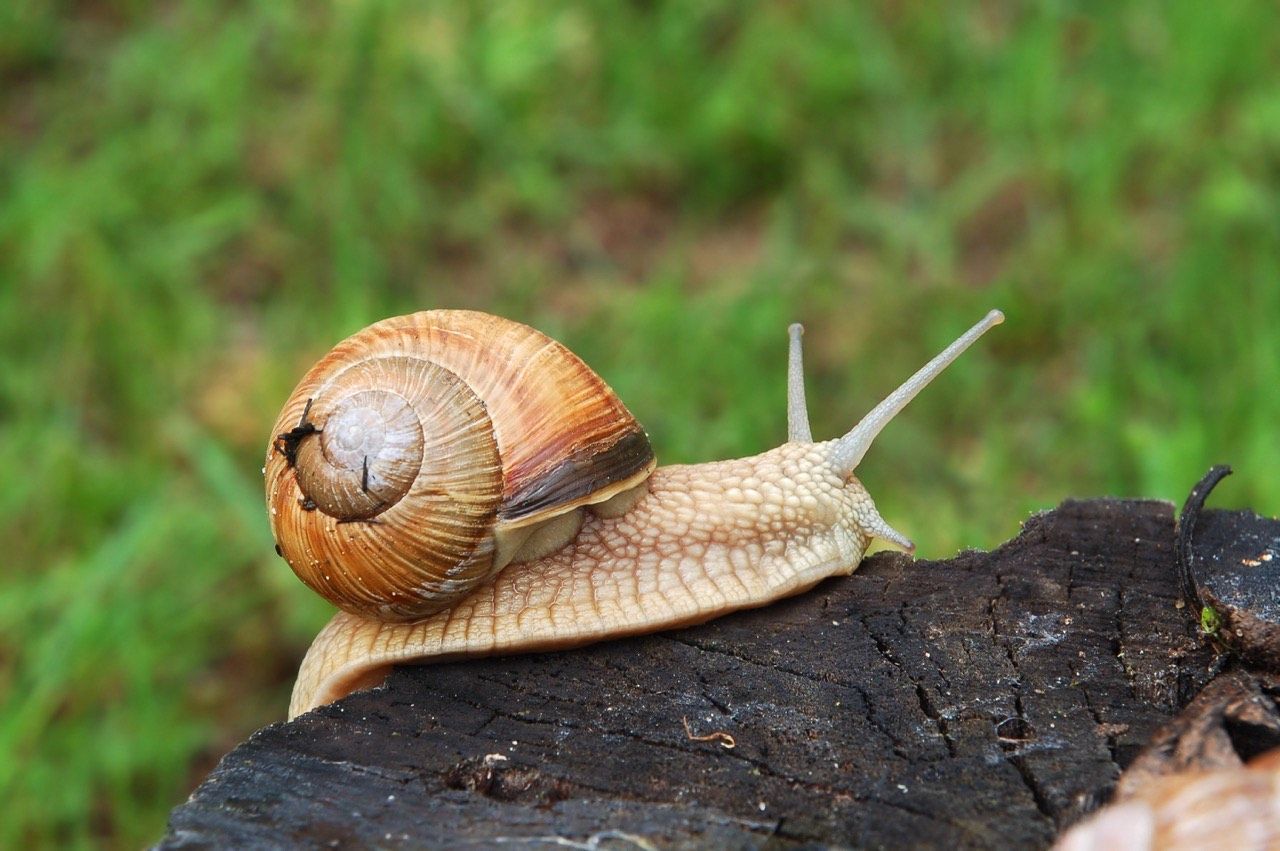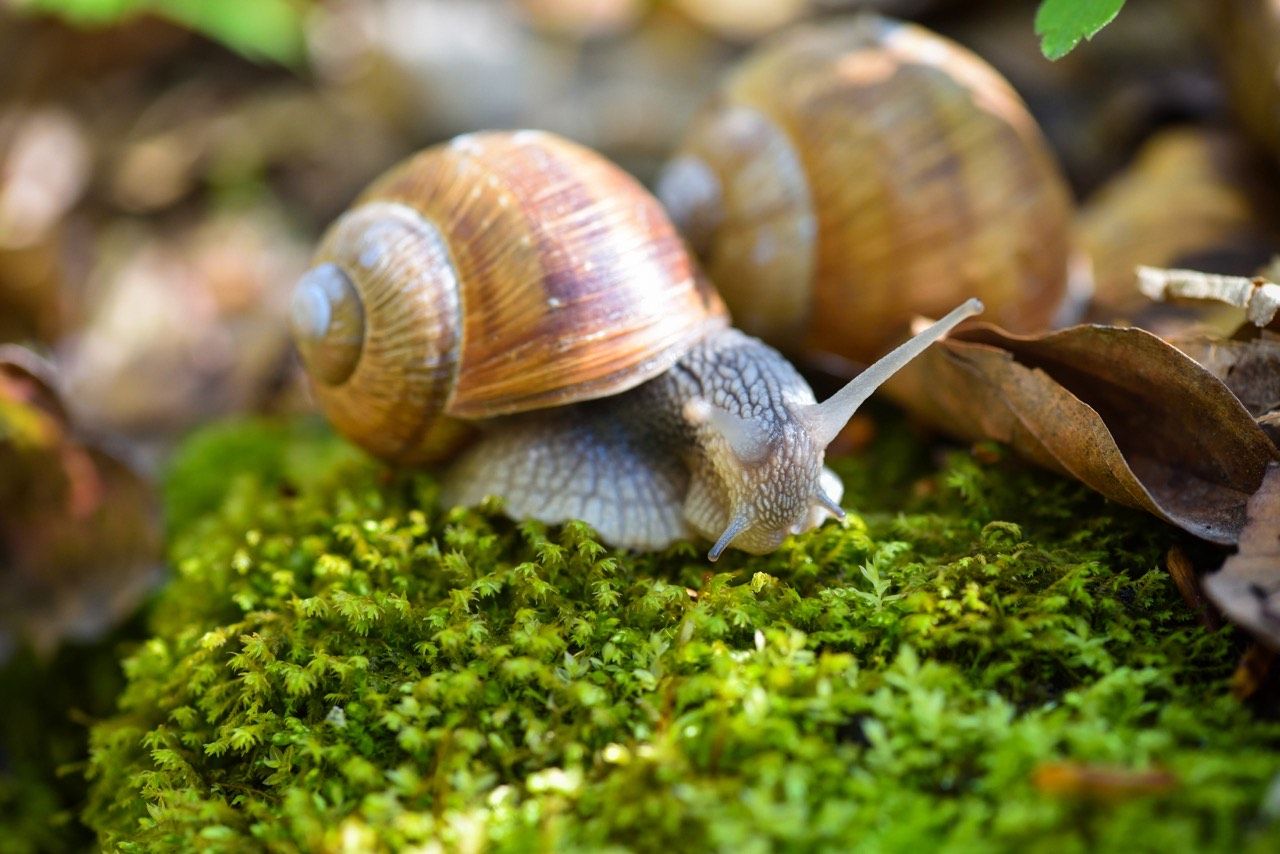At Faraja Pest, we're committed to protecting your comfort and peace of mind by expertly handling bed bug issues.

Snails
Snails, with their distinctive slow movement and shell-covered bodies, are common pests in gardens where they feed on a wide range of plants. While they are not harmful to human health, their feeding habits can cause significant damage to both ornamental and vegetable gardens, leading to considerable losses.
Warning
Snail populations can grow rapidly under favorable conditions, resulting in extensive plant damage if not controlled.
Snails thrive in moist environments and can often be found in high numbers in well-irrigated gardens, where they eat leaves, flowers, and fruits. They are especially active at night and during wet conditions, which can make them harder to manage.
How to Identify the Pest: Key signs of snails include:
- Visible Trails: Silvery slime trails on plants, soil, and nearby structures, visible after their nighttime feeding.
- Plant Damage: Uneven, ragged feeding marks on leaves and flowers, often near the ground.
- Actual Sightings: Snails themselves can often be spotted on plants, especially in the early morning or after rain.
Recognizing these signs early can help in effectively managing snail populations.

Controlling snails involves a combination of natural remedies and chemical treatments to reduce their impact on gardens.
- Barriers and Traps: Using copper tape, crushed eggshells, or beer traps to deter or capture snails.
- Chemical Baits: Applying snail bait that contains iron phosphate, which is less harmful to other wildlife and pets.
- Regular Removal: Manually removing snails during routine garden maintenance to keep their numbers in check.
FarajaPest employs a variety of safe and effective methods to control snail populations, ensuring the protection of your plants and garden.
Effective snail prevention involves:
- Cultivation Practices: Choosing plant varieties that are less attractive to snails or using soil amendments that deter them.
- Moisture Management: Watering plants in the morning to ensure foliage is dry by evening, reducing the moist conditions that snails favor.
- Habitat Modification: Removing shelter sites such as leaf piles, boards, and stones where snails can hide during the day.
By maintaining these preventative practices, you can significantly reduce the likelihood of snail problems and safeguard your garden.